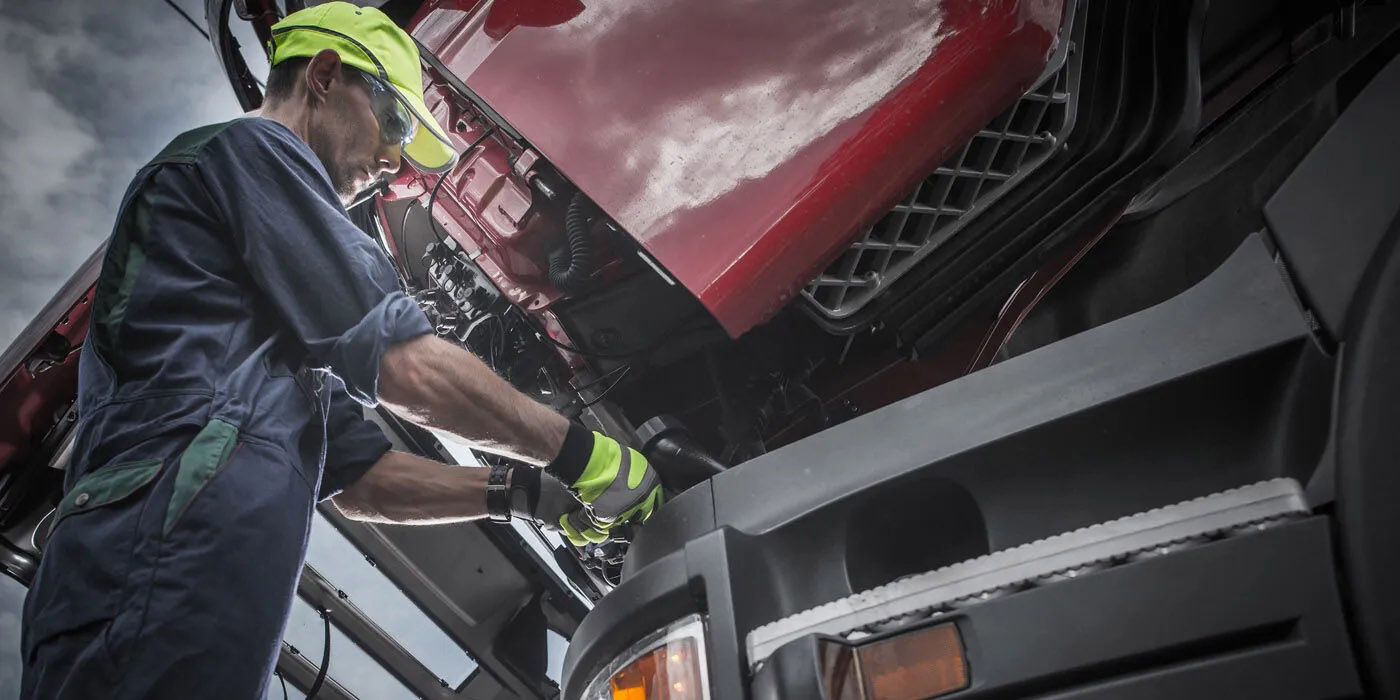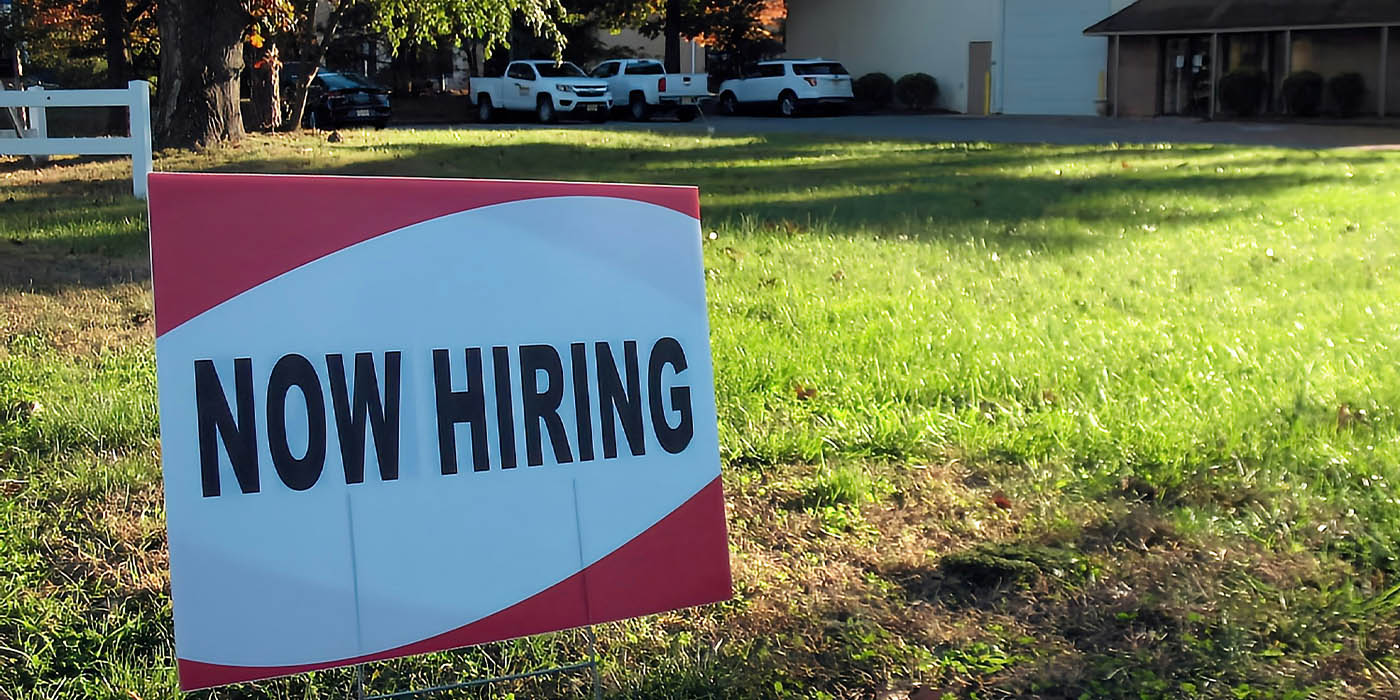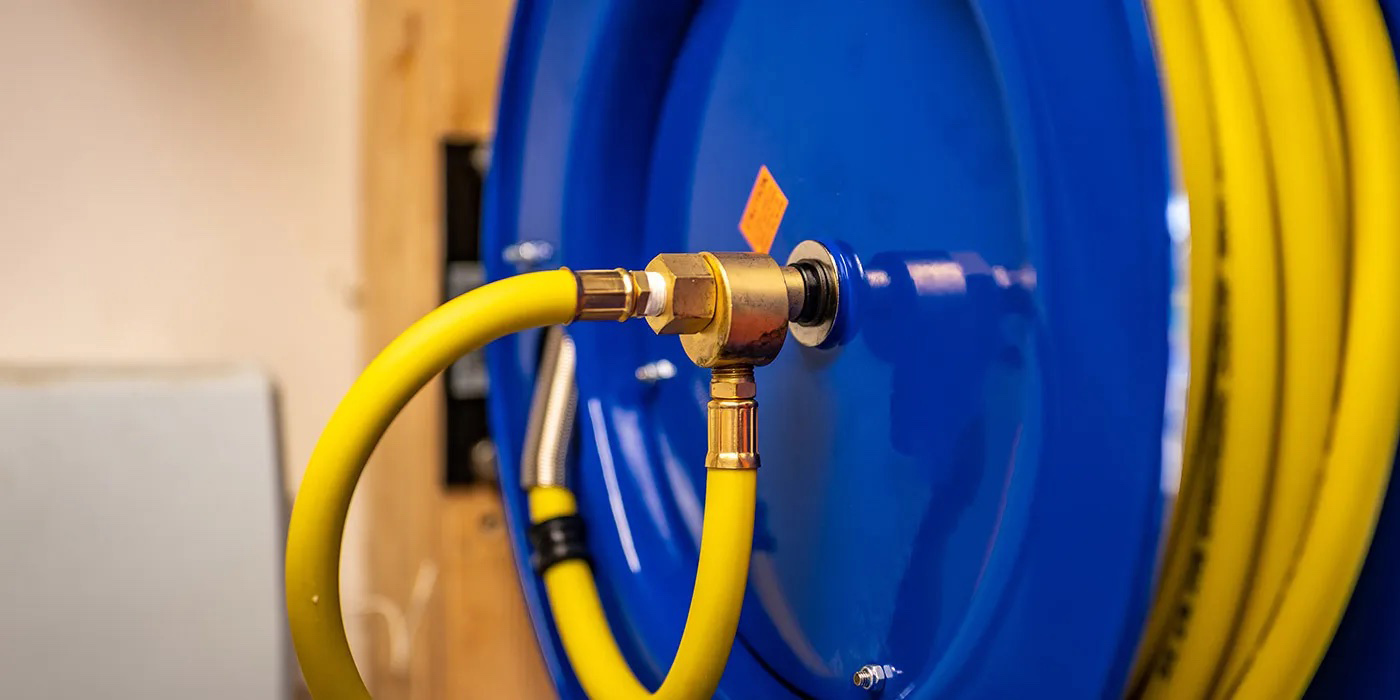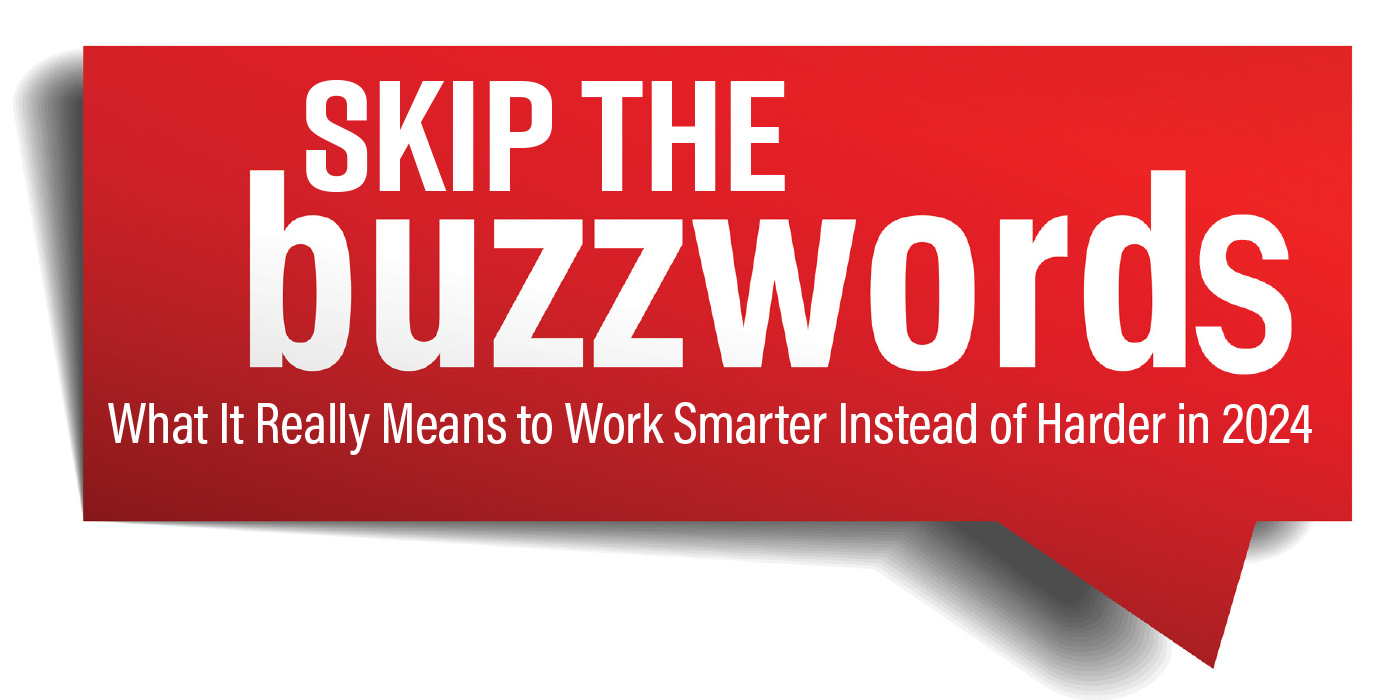Far too many shop owners don’t measure Customer Satisfaction in their auto repair shops. It’s not that they’re not interested in the results, it’s just that they’re not exactly sure how to do it. Unfortunately, the price they pay for not measuring their customer satisfaction is often staggering. To complicate things even further, the Gallup Association released a report which stated that most of the ways used to measure CSI are beyond bad; they’re actually worthless.
As a business owner, I am sure you will agree that your CSI (Customer Satisfaction Index) goal needs to be 100%. You also need to establish a Minimum Level of Acceptable Performance with your team that is set no lower than 95% (With the understanding that your employees can “begin” to earn CSI rewards on an incremental scale once they pass the threshold of 97%). Now here’s where most shop owners get into trouble: they’re not sure what counts as a point against the CSI score. Now I realize that there are many different ways to measure customer satisfaction, and many of our clients have some relatively well-designed systems in place. But if you’re just looking for a simple, easy-to-use method, here it is …
At Elite we recommend that you classify any comeback or customer complaint as a “failure,” and you should count that failure against the car counts for the measured period. For example, if you process 100 vehicles, you should not incur over five complaints, including any comebacks due to mechanical problems that were not properly solved during the initial visit, misdiagnosed or simply overlooked. If the vehicle was repaired six months ago, and it fails today, it still needs to be considered as a failure for the current period, even though your existing employees may not have had any control at the time the service was originally provided to the customer. The rationale is two-fold. One, the failure will be offset by any poor work done today that may not fail for months to come. The second reason we need to consider it a failure is because your income statement is blind to what, where and when. All that we do know is that the comeback is a failure “today.” Part failures also need to be counted against the CSI score. Not only is your financial statement blind to part failures, but your overall CSI score should take a reasonable percentage of part failures into consideration.
So warranty claims, mechanical failures that include part failures, customer neglect (i.e. we failed to educate them on their responsibility), etc., are easy to classify as failures with this type of CSI scoring. It becomes more subjective when you are placing your customer follow-up calls. I would highly recommend that you ask every customer, “How did we do?” If their response is positive, and they have nothing to say in the form of criticism, then it’s reasonably safe for us to say that the customer is a happy customer. Otherwise, it’s a failure.
So, what we need to strive for are fewer comebacks, zero complaints (customer returns with dirty carpet, upset that vehicle wasn’t done on time, felt your prices were too high, etc.), and follow-up calls that end with your customers saying they were pleased. Although you may have to massage the percentages and the criteria a bit, this method is a great starting point for you and your company, and is fair to both you and your employees.
You should also ensure that all of your employees know that if there are any comebacks or complaints that are knowingly not reported, then there will be a substantial penalty toward any reward they may be entitled to. If any employee is guilty of not reporting a complaint or comeback a second time, they go on report. A third failure to report should be considered grounds for immediate dismissal. You need to make sure all your people understand that openness and honesty in reporting are critical to improvement. Also let them know that their income, along with the success of your company, will always be predicated on continual improvement.
Lastly, I would like to leave you with a couple of thoughts. Far too many companies complicate their methods of monitoring and measuring customer satisfaction. They typically follow up with their customers, and they ask a series of predetermined questions. Rather than asking customers questions that are based on our interests, we should let the customers share their thoughts in any way they would like, and they should be able to address any part of their customer experience.
Many shops feel that anything less than 100% is completely unacceptable, and I have to politely disagree. Here’s why. First of all, the system I just outlined allows for a 4% failure that takes part failures into consideration. Until we have perfect parts and perfect people, we will always see at least some failures. In addition, we know that no matter how hard we try, there will always be some customers who we just can’t satisfy. No one said it better than Bob Lutz, the past Vice President of GM’s European Division and the past Co-Chairman of Chrysler, who once said, “It is our goal to satisfy 100% of the satisfiable customers.” Please note that he said, “satisfiable.” As your next step, take this plan, put it into place, and you will be on the road to building a more profitable, successful business, while generating happier customers at the same time. On that, you have my promise.
For additional help improving customer satisfaction, learn more about Elite’s industry acclaimed Masters Service Advisor Training course.













